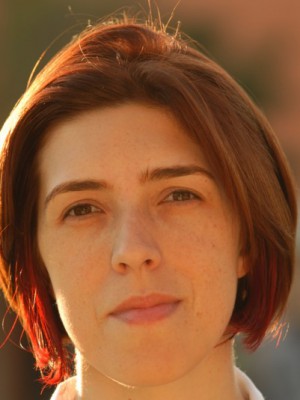resumo
Purpose Prostate cancer is a major cause of cancer-related death in males worldwide and, in addition to impairing prostate function, also causes testicular adaptations. In this study, we aim to investigate the preventive effect of exercise training on PCa-induced testicular dysfunction. Methods As a model, we used fifty Wistar Unilever male rats, randomly divided in four experimental groups. Prostate cancer was chemically and hormonally induced in two groups of animals (PCa groups). One control group and one PCa group was submitted to moderate intensity treadmill exercise training. Fifty weeks after the start of the training the animals were sacrificed and sperm, prostate, testis and serum were collected and analyzed. Sperm concentration and morphology, and testosterone serum levels were determined. In addition, histological analyses of the testes were performed, and testis proteomes and metabolomes were characterized. Results We found that prostate cancer negatively affected testicular function, manifested as an arrest of spermatogenesis. Oxidative stress-induced DNA damage, arising from reduced testis blood flow, may also contribute to apoptosis of germ cells and consequential spermatogenic impairment. Decreased utilization of the glycolytic pathway, increased metabolism of ketone bodies and the accumulation of branched chain amino acids were also evident in the PCa animals. Conversely, we found that the treadmill training regimen activated DNA repair mechanisms and counteracted several metabolic alterations caused by PCa without impact on oxidative stress. Conclusions These findings confirm a negative impact of prostate cancer on testis function and suggest a beneficial role for exercise training in the prevention of prostate cancer-induced testis dysfunction.
palavras-chave
RECREATIONAL PHYSICAL-ACTIVITY; DNA-DAMAGE; RISK-FACTOR; STEROIDOGENIC DISORDERS; SEMEN QUALITY; RAT TESTIS; TESTOSTERONE; MEN; YOUNG; SPERMATOGENESIS
categoria
Oncology; Cell Biology; Pathology
autores
Matos, B; Patricio, D; Henriques, MC; Freitas, MJ; Vitorino, R; Duarte, IF; Howl, J; Oliveira, PA; Seixas, F; Duarte, JA; Ferreira, R; Fardilha, M
nossos autores
Projectos
Collaboratory for Emerging Technologies, CoLab (EMERGING TECHNOLOGIES)
Nano-argilas para remoção/captura de fosfatos (P) e sua reutilização como fertilizante (NATURAL)
agradecimentos
We are thankful to the Portuguese Foundation for Science and Technology (FCT), the European Union, QREN, FEDER and COMPETE for funding the Institute of Biomedicine - iBiMED (UID/BIM/04501/2013, POCI-01-0145-FEDER-007628 and UID/BIM/04501/2019), Organic Chemistry, Natural and Agro-food Products - QOPNA (UID/QUI/00062/2013), Aveiro Institute of Materials - CICECO (UID/CTM/50011/2019), Center for the Research and Technology of Agro-Environmental and Biological Sciences - CITAB (UID/AGR/04033/2019) and Research Centre in Physical Activity, Health and Leisure - CIAFEL (UID/DTP/00617/2019) research units, and the research project RUNawayPCa (POCI-01-0145-FEDER-006958 and PTDC/DTP-DES/6077/2014). We also acknowledge the Portuguese National NMR (PTNMR) Network, supported by FCT funds, and the European Union Framework Programme for Research and Innovation HORIZON 2020, under the TEAMING Grant agreement No 739572 - The Discoveries CTR. We are also thankful to Celeste Resende for assistance in sample preparations for histological analyses.


